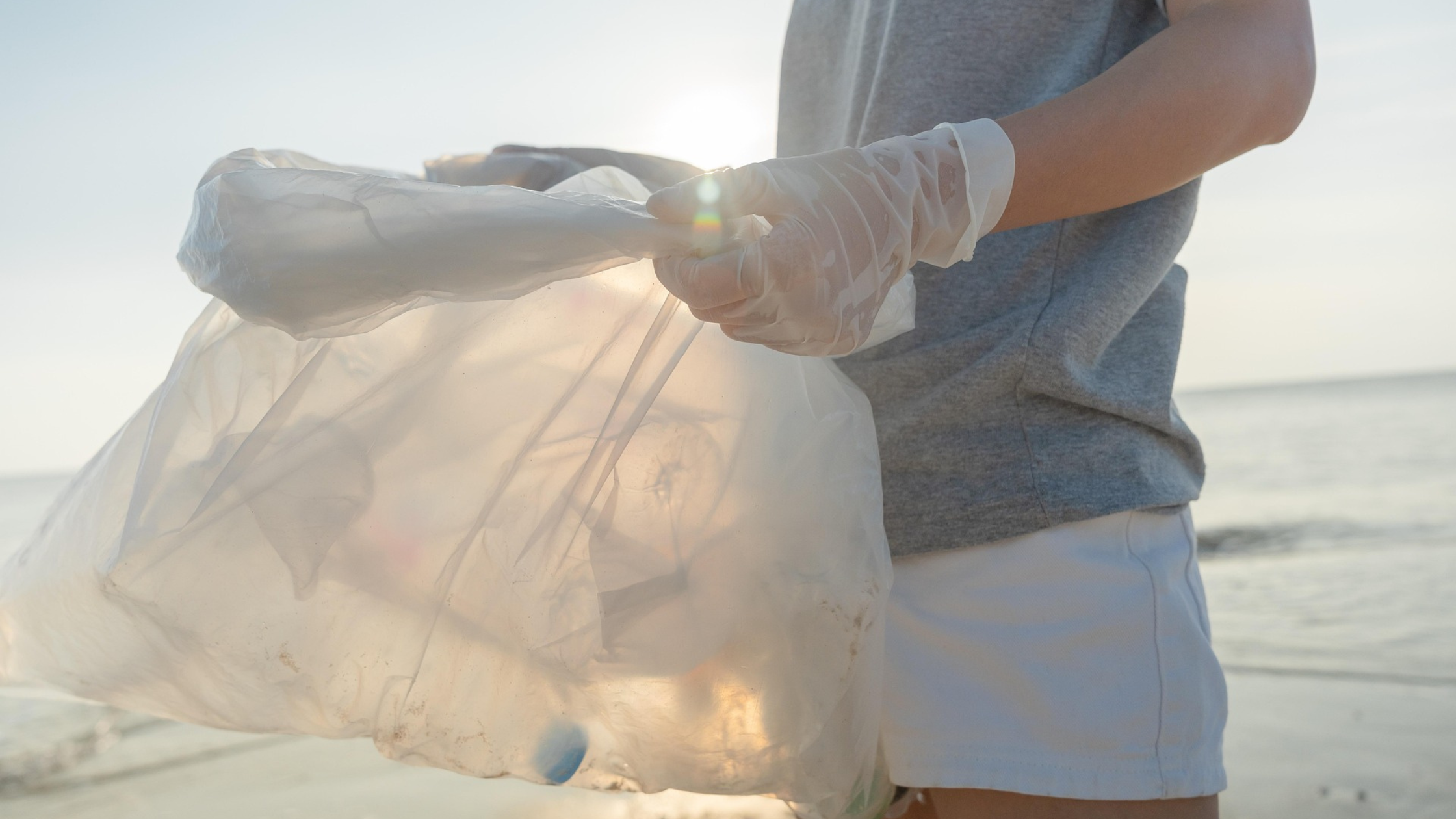
Plastic is almost everywhere in our kitchen areas, bathrooms, wardrobes, and shopping bags. While it supplies unequaled convenience, the environmental cost is worrying. Plastic air pollution is choking our seas, harming wildlife, and adding to climate change. Nonetheless, fortunately is that we can take meaningful steps toward lowering plastic usage in your home without making our lives any type of much less convenient. With wise selections and lasting swaps, living a lower-plastic way of life is not only possible but easy to keep.
Below’s how you can decrease plastic use in your home while maintaining convenience intact.
1. Swap Single-Use for Reusables
Among the easiest ways to lower plastic is to quit using single-use items. Replace them with recyclable choices that are just as, if not even more, convenient:
- Water Bottles: Switch over to stainless steel or glass water bottles. They are durable, secure, and maintain drinks cool or hot for longer.
- Buying Bags: Keep recyclable fabric or hemp bags in your car or by the front door, so you never forget them when heading to the shop.
- Food Containers: Replace plastic Tupperware with glass or stainless steel containers. They’re microwave secure, less complicated to cleanse, and do not maintain smells.
- Straws and Flatware: Lug a metal straw and a foldable flatware set in your bag. They’re lightweight and eliminate the need for disposables.
2. Buy wholesale and Refill
Bulk shopping significantly decreases packaging waste. Get grains, grains, pasta, nuts, and seasonings in bulk utilizing your own cloth bags or containers. A lot more stores currently offer refill stations for items like oils, cleansing items, and even shampoos. It minimizes plastic waste and often sets you back less over time.
Create a “replenish package” with labeled containers so you’re always all set for your refill shop see.
3. Pick Products with Very Little or No Plastic Packaging
Focus on exactly how products are packaged. Lots of eco-conscious brands currently use things in glass, cardboard, or compostable products.
- Select bar soaps, hair shampoo bars, and toothpaste tablet computers rather than plastic-packaged variations.
- Buy toilet tissue and paper towels wrapped in paper or bulk-packaged.
- Select milk in glass bottles if readily available in your area.
- These small changes in buying routines can make a big distinction without jeopardizing convenience.
4. Switch to Eco-Friendly Cooking Area Tools
Your kitchen area is most likely one of the most significant sources of plastic in the house. Change plastic products with eco-friendly or longer-lasting choices:
- Cling Wrap → Beeswax covers or silicone lids
- Plastic Sponges → Natural loofahs or dish brushes with wood takes care of
- Plastic Zip Bags → Silicone food storage bags or fabric snack pouches
These items function equally as well and are often a lot more long lasting, making them a wise and convenient swap.
5. Ditch Mineral Water and Soda
Plastic bottles are just one of the top contaminants globally. Prevent buying mineral water or soda by:
- Installing a water cleanser at home
- Utilizing a soft drink maker for carbonated drinks
- Maintaining multiple-use water bottles filled and ready to go
This not just assists the world yet additionally saves you cash and initiative in the future.
6. Practice Smart Food Storage
Cling wrap, freezer bags, and containers are frequently utilized in food storage space. Yet options are just as effective:
- Store leftovers in glass containers with covers
- Freeze products in silicone bags or recycled glass containers
- Usage fabric dish covers rather than cling wrap
Many of these alternatives are microwave and dishwasher-safe, incorporating eco-consciousness with modern-day benefit.
7. Make Your Own Cleaning Products
Numerous industrial cleansing supplies can be found in plastic bottles. Making your own in your home not only lowers plastic use but additionally eliminates exposure to unsafe chemicals.
- Usage white vinegar, cooking soda, lemon juice, and crucial oils to develop multi-purpose cleaners.
- Store them in glass spray containers.
- Self-made cleaners are just as reliable, and you’ll always have them ready when required.
8. Educate and Involve the Family
Minimizing plastic at home is much easier when the whole household is on board. Include children by:
- Letting them pick their very own multiple-use lunch equipment
- Making a video game out of identifying plastic-free products throughout purchasing
- Clarifying why these modifications matter through brief video clips or stories
When everybody contributes, the transition becomes more pleasurable and sustainable.
9. Use Refillable Toiletries
Toiletries are among the most significant contributors to home plastic. Fortunately, numerous brands currently supply refill pouches, solid variations, or multiple-use product packaging:
- Buy refillable antiperspirants, shampoo bars, and body laundry in light weight aluminum containers
- Use bamboo toothbrushes and compostable floss
They supply the very same ease with much less environmental impact.
10. Assistance Plastic Free Brands
Assistance organizations that are dedicated to sustainability. Look for accreditations like “Plastic Free,” “Zero Waste,” or “Refillable.” Most of these brand names offer registrations, so your fundamentals show up on schedule no effort required.
Last Ideas
Learning exactly how to lower plastic use in the house without giving up convenience is all about conscious options. Each action you take adds to a much healthier setting and an extra sustainable future. What’s more, you’ll discover that lots of eco-friendly options are not just better for the earth they’re fashionable, practical, and often a lot more cost-effective in the future.
The very best time to begin was yesterday. The second-best time is currently.

